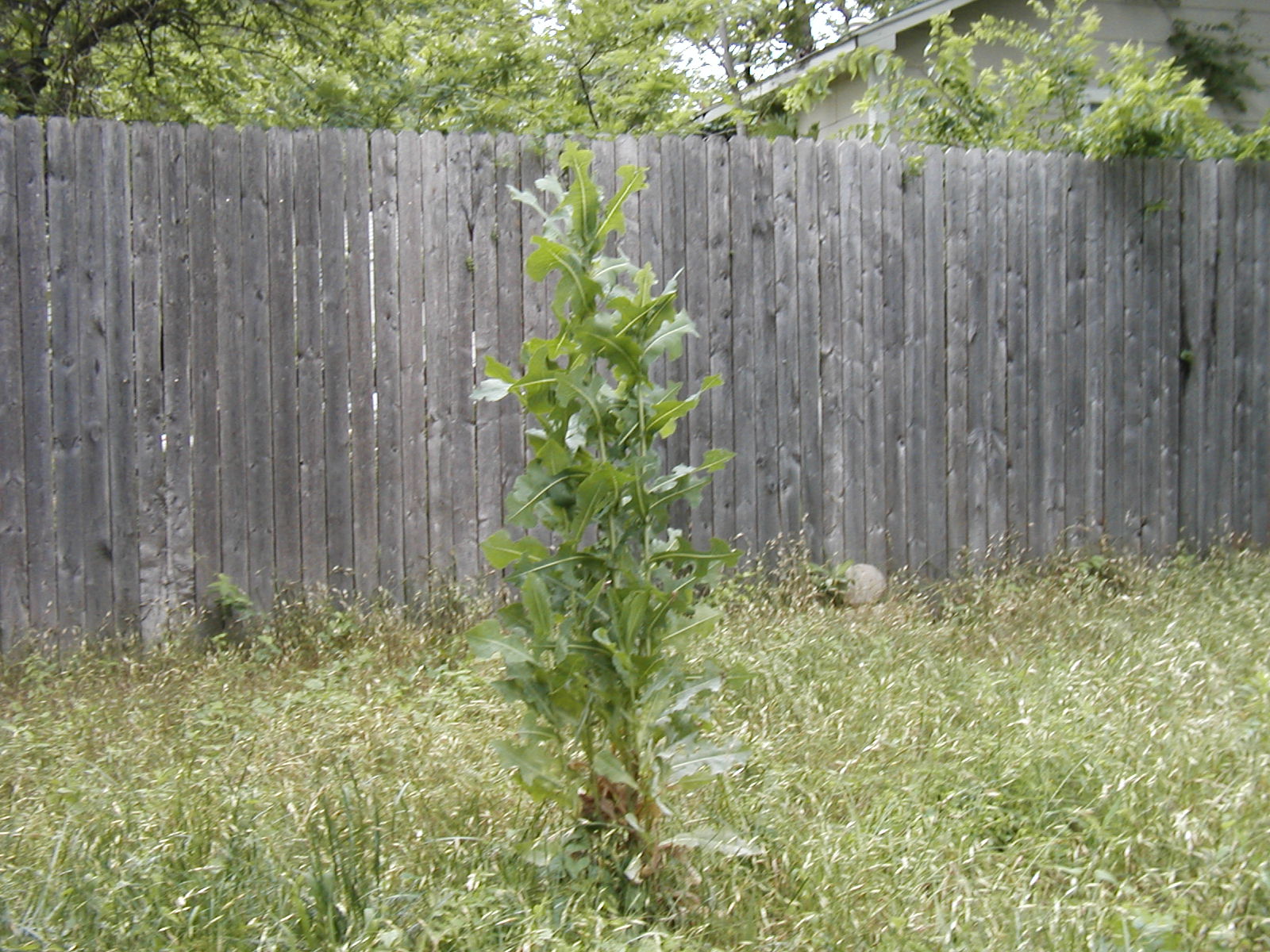|
Clepsis Pallidana
''Clepsis pallidana'' is a moth of the family Tortricidae. It is found in most of Europe, as well as Asia Minor, Iran, Russia (Primorsk and Tuva), Mongolia, China, the Korean Peninsula and Japan. The wingspan is 15–20 mm. Adults are on wing from June to July in western Europe. The larvae feed on a wide range of plants, including of ''Artemisia campestris'', ''Gnaphalium'', ''Euphorbia'', ''Spiraea ulmaria'', ''Lactuca scariola'', ''Aster'', ''Urtica'', ''Iris'', ''Jurinea'', ''Solidago'', ''Sedum'' and ''Malus ''Malus'' ( or ) is a genus of about 30–55 species of small deciduous trees or shrubs in the family Rosaceae, including the domesticated orchard apple, crab apples, wild apples, and rainberries. The genus is native to the temperate zo ...''. References External links Fauna Europaea Clepsis Moths of the Middle East Moths of Japan Moths of Europe Moths described in 1776 Taxa named by Johan Christian Fabricius {{Clepsis-stub ... [...More Info...] [...Related Items...] OR: [Wikipedia] [Google] [Baidu] |
Johan Christian Fabricius
Johan Christian Fabricius (7 January 1745 – 3 March 1808) was a Danish zoology, zoologist, specialising in "Insecta", which at that time included all arthropods: insects, arachnids, crustaceans and others. He was a student of Carl Linnaeus, and is considered one of the most important entomologists of the 18th century, having named nearly 10,000 species of animals, and established the basis for the modern insect Biological classification, classification. Biography Johan Christian Fabricius was born on 7 January 1745 at Tønder in the Duchy of Schleswig, where his father was a doctor. He studied at the gymnasium (school), gymnasium at Altona, Hamburg, Altona and entered the University of Copenhagen in 1762. Later the same year he travelled together with his friend and relative Johan Zoëga to Uppsala University, Uppsala, where he studied under Carl Linnaeus for two years. On his return, he started work on his , which was finally published in 1775. Throughout this time, he remaine ... [...More Info...] [...Related Items...] OR: [Wikipedia] [Google] [Baidu] |
Lactuca Scariola
''Lactuca serriola'', also called prickly lettuce, milk thistle (not to be confused with '' Silybum marianum'', also called milk thistle), compass plant, and scarole, is an annual or biennial plant in the tribe Cichorieae within the family Asteraceae. It has a slightly fetid odor and is commonly considered a weed of orchards, roadsides and field crops. It is the closest wild relative of cultivated lettuce (''Lactuca sativa'' L.). ''Lactuca serriola'' is known as the compass plant because in the sun the upper leaves twist round to hold their margins upright. ''Lactuca serriola'' is native to Europe, Asia, and north Africa, and has become naturalized elsewhere. Description ''Lactuca serriola'' has a spineless reddish stem, containing a milky latex, growing up to . The leaves get progressively smaller as they reach its top. They are oblong or lanceolate, often pinnately lobed and (especially for the lower leaves), waxy grey green. Fine spines are present along the veins and ... [...More Info...] [...Related Items...] OR: [Wikipedia] [Google] [Baidu] |
Moths Of Europe
Moths are a paraphyletic group of insects that includes all members of the order Lepidoptera that are not butterflies, with moths making up the vast majority of the order. There are thought to be approximately 160,000 species of moth, many of which have yet to be described. Most species of moth are nocturnal, but there are also crepuscular and diurnal species. Differences between butterflies and moths While the butterflies form a monophyletic group, the moths, comprising the rest of the Lepidoptera, do not. Many attempts have been made to group the superfamilies of the Lepidoptera into natural groups, most of which fail because one of the two groups is not monophyletic: Microlepidoptera and Macrolepidoptera, Heterocera and Rhopalocera, Jugatae and Frenatae, Monotrysia and Ditrysia.Scoble, MJ 1995. The Lepidoptera: Form, function and diversity. Oxford, UK: Oxford University Press; 404 p. Although the rules for distinguishing moths from butterflies are not well es ... [...More Info...] [...Related Items...] OR: [Wikipedia] [Google] [Baidu] |
Clepsis
''Clepsis'' is a genus of moths belonging to the family Tortricidae. It includes several notable pest (organism), pest species. Species *''Clepsis aba'' Razowski, 1979 *''Clepsis abscisana'' (Zeller, 1877) *''Clepsis aerosana'' (Lederer, 1853) *''Clepsis agenjoi'' Obraztsov, 1950 *''Clepsis aliana'' Kawabe, 1965 *''Clepsis altitudinarius'' (Filipjev, 1962) *''Clepsis anderslaneyii'' Dombroskie & J.W. Brown, 2009 *''Clepsis archidona'' Razowski, 1999 *''Clepsis assensiodes'' Razowski, 2004 *''Clepsis assensus'' Razowski & Pelz, 2004 *''Clepsis balcanica'' (Rebel, 1917) *''Clepsis banhadana'' Razowski & Becker, 2003 *''Clepsis bertiogana'' Razowski & Becker, 2010 *''Clepsis biformis'' (Meyrick, 1920) *''Clepsis brachyptycta'' (Meyrick, 1938) *''Clepsis browni'' Razowski & Pelz, 2004 *''Clepsis brunneograpta'' Razowski & Pelz, 2004 *''Clepsis brunneotona'' Razowski & Becker, 2010 *''Clepsis brusquea'' Razowski & Becker, 2003 *''Clepsis burgasiensis'' (Rebel, 1916) *''Clepsis campos ... [...More Info...] [...Related Items...] OR: [Wikipedia] [Google] [Baidu] |
Malus
''Malus'' ( or ) is a genus of about 30–55 species of small deciduous trees or shrubs in the family Rosaceae, including the domesticated orchard apple, crab apples, wild apples, and rainberries. The genus is native to the temperate zone of the Northern Hemisphere. Description Apple trees are typically talI at maturity, with a dense, twiggy crown. The leaves are long, alternate, simple, with a serrated margin. The flowers are borne in corymbs, and have five petals, which may be white, pink, or red, and are perfect, with usually red stamens that produce copious pollen, and a half-inferior ovary; flowering occurs in the spring after 50–80 growing degree days (varying greatly according to subspecies and cultivar). Many apples require cross-pollination between individuals by insects (typically bees, which freely visit the flowers for both nectar and pollen); these are called self-sterile, so self-pollination is impossible, making pollinating insects essential. ... [...More Info...] [...Related Items...] OR: [Wikipedia] [Google] [Baidu] |
Sedum
''Sedum'' is a large genus of flowering plants in the family Crassulaceae, members of which are commonly known as stonecrops. The genus has been described as containing up to 600 species, subsequently reduced to 400–500. They are leaf succulents found primarily in the Northern Hemisphere, but extending into the southern hemisphere in Africa and South America. The plants vary from annual and creeping herbs to shrubs. The plants have water-storing leaves. The flowers usually have five petals, seldom four or six. There are typically twice as many stamens as petals. Various species formerly classified as ''Sedum'' are now in the segregate genera ''Hylotelephium'' and '' Rhodiola''. Well-known European species of ''Sedum'' are '' Sedum acre'', '' Sedum album'', ''Sedum dasyphyllum'', ''Sedum reflexum'' (also known as ''Sedum rupestre'') and '' Sedum hispanicum''. Description ''Sedum'' is a genus that includes annual, biennial, and perennial herbs. They are characterised b ... [...More Info...] [...Related Items...] OR: [Wikipedia] [Google] [Baidu] |
Solidago
''Solidago'', commonly called goldenrods, is a genus of about 100 to 120''Solidago''. Flora of China. species of s in the family . Most are herbaceous perennial species found in open areas such as meadows, prairies, and savannas. They are mostly native to , including Mexico; a few species are native to South America and Eurasia. [...More Info...] [...Related Items...] OR: [Wikipedia] [Google] [Baidu] |
Jurinea
''Jurinea'' is a genus of plants in the family Asteraceae. The species are native to Europe, Asia, and northwestern Africa Africa is the world's second-largest and second-most populous continent, after Asia in both cases. At about 30.3 million km2 (11.7 million square miles) including adjacent islands, it covers 6% of Earth's total surface area .... photos and distribution maps of 4 species ; Species References Bibliography * * * *External links * * Asteraceae genera Cynareae {{Cynareae-stub ...[...More Info...] [...Related Items...] OR: [Wikipedia] [Google] [Baidu] |
Iris (plant)
''Iris'' is a flowering plant genus of 310 accepted species with showy flowers. As well as being the scientific name, ''iris'' is also widely used as a common name for all ''Iris'' species, as well as some belonging to other closely related genera. A common name for some species is 'flags', while the plants of the subgenus '' Scorpiris'' are widely known as ' junos', particularly in horticulture. It is a popular garden flower. The often-segregated, monotypic genera ''Belamcanda'' (blackberry lily, ''I. domestica''), ''Hermodactylus'' (snake's head iris, ''I. tuberosa''), and ''Pardanthopsis'' (vesper iris, '' I. dichotoma'') are currently included in ''Iris''. Three Iris varieties are used in the Iris flower data set outlined by Ronald Fisher in his 1936 paper ''The use of multiple measurements in taxonomic problems'' as an example of linear discriminant analysis. Description Irises are perennial plants, growing from creeping rhizomes (rhizomatous irises) or, in dri ... [...More Info...] [...Related Items...] OR: [Wikipedia] [Google] [Baidu] |
Urtica
''Urtica'' is a genus of flowering plants in the family Urticaceae. Many species have stinging hairs and may be called nettles or stinging nettles, although the latter name applies particularly to '' Urtica dioica''. ''Urtica'' species are food for the caterpillars of numerous Lepidoptera (butterflies and moths), such as the tortrix moth '' Syricoris lacunana'' and several Nymphalidae, such as '' Vanessa atalanta'', one of the red admiral butterflies. The generic name ''Urtica'' derives from the Latin for sting. Description ''Urtica'' species grow as annuals or perennial herbaceous plants, rarely shrubs. They can reach, depending on the type, location and nutrient status, a height of . The perennial species have underground rhizomes. The green parts have stinging hairs. Their often quadrangular stems are unbranched or branched, erect, ascending or spreading. Most leaves and stalks are arranged across opposite sides of the stem. The leaf blades are elliptic, lanceolate, ... [...More Info...] [...Related Items...] OR: [Wikipedia] [Google] [Baidu] |






